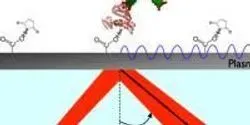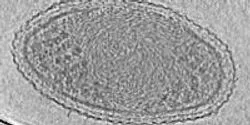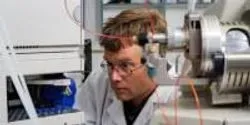Analytical Instruments

Delivering the capability to image nanostructures and chemical reactions down to nanometer resolution requires a new class of x-ray microscope that can perform precision microscopy experiments using ultra-bright x-rays from the National Synchrotron Light Source II (NSLS-II) at Brookhaven National Laboratory. This groundbreaking instrument, designed to deliver a suite of unprecedented x-ray imaging capabilities for the Hard X-ray Nanoprobe (HXN) beamline, brings researchers one step closer to the ultimate goal of nanometer resolution at NSLS-II, a U.S. Department of Energy Office of Science User Facility.

A research team led by North Carolina State University has identified and synthesized a material that can be used to create efficient plasmonic devices that respond to light in the mid-infrared (IR) range. This is the first time anyone has demonstrated a material that performs efficiently in response to this light range, and it has applications in fields ranging from high-speed computers, to solar energy to biomedical devices.

Inductively coupled plasma optical emission spectrometry (ICP-OES) is used for elemental analysis of everything from soil and sludge to water and wastewater, plus various industrial process materials. In evaluating ICP-OES instruments, environmental contract laboratories may prioritize sensitivity and speed. Industrial research laboratories may emphasize stability and analytical precision. However, both agree on the importance of controlling costs.

Dr. Anne Carpenter leads the Imaging Platform at the Broad Institute of Harvard and MIT—a team of biologists and computer scientists who develop image analysis and data mining methods and software that are freely available to the public through the open-source CellProfiler project.
Dr. Arvind Rao has been an assistant professor in the Department of Bioinformatics and Computational Biology at the University of Texas MD Anderson Cancer Center since 2011.
















